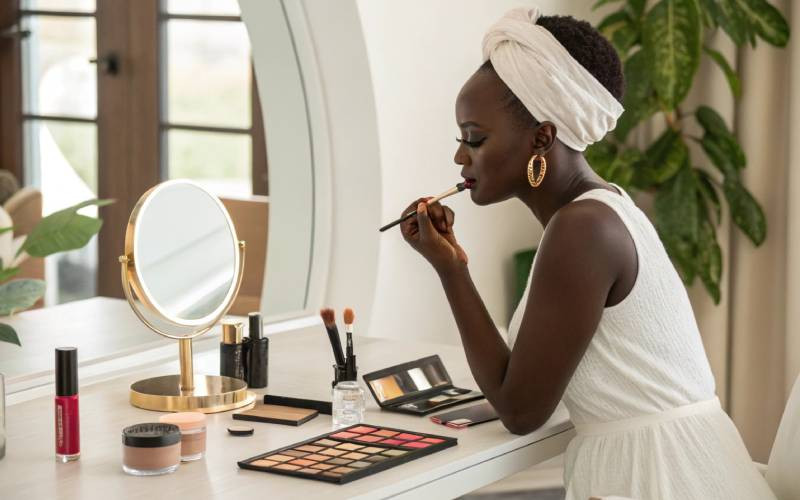
Attachment theory was first created to explain emotional connections i.e. how children connect to caregivers and how adults connect to other adults.
Your attachment style as a child can have lasting effects on your attachment style as an adult. People who clung to caregivers out of fear of abandonment or whose parents’ behaviour was inconsistent tend to have an anxious attachment style.
What is an anxious attachment style?
An anxious attachment style often shows up as insecurity in relationships. One tends to need constant reassurance from their partner.
Below are signs that you have an anxious attachment style
1. Constantly needing reassurance
When you have an anxious attachment style, you need to hear that your partner does indeed love and value you. You want them to tell you what they see in you and this feeds your self confidence. You become clingy trying to hold on to your partner because you fear that they’ll leave you. All this happens as a way to convince yourself that your partner will stay.
2. Jealousy
This is often as a result of distrust and a fear of rejection. You feel the green-eyed monster rearing its ugly head whenever your partner interacts with friends and family, has a life outside the relationship, or when outsiders flirt with him.

3. Sensitivity to your partner's behaviour
Any changes in your partner’s behaviour, be it how they speak to or interact with you, their moods or even tone of voice triggers you. You fear-meter runs on high and you imagine that your partner will abandon you.
To try and gain more control over the relationship, you might become clingy, trying to draw your partner closer but you could do the opposite and push them away.
4. You try to manipulate your partner
Should your partner do something that triggers you, you react by acting out trying to get a reaction from them. You want to gauge how interested in you they are. This often comes about as issuing threats to leave, ignoring texts and calls, trying to make them jealous, picking fights and lying.
5. Overly depending on your relationship
We’ve seen before that even though you are in a relationship, it’s good to have a life outside of it. If you have an anxious attachment style you want to spend all your time with your partner. Their interests become yours. You draw your happiness from your partner. You forget that even though you are a couple you are individuals.
With a little work, you can change the behaviour of an anxious attachment style. Since this attachment style is as a result of your past experiences, facing them, perhaps through therapy and speaking to the person who hurt you, can help reduce any fears of abandonment that you have.
Speaking to your partner about your triggers and how they can help you manage them will also help put them in the loop so that they understand what you’re going through.
Working on your self-esteem is also important. Remind yourself of your worth, abilities, achievements and practice a little self-care to grow your self-love.
 The Standard Group Plc is a multi-media organization with investments in media
platforms spanning newspaper print
operations, television, radio broadcasting, digital and online services. The
Standard Group is recognized as a
leading multi-media house in Kenya with a key influence in matters of national
and international interest.
The Standard Group Plc is a multi-media organization with investments in media
platforms spanning newspaper print
operations, television, radio broadcasting, digital and online services. The
Standard Group is recognized as a
leading multi-media house in Kenya with a key influence in matters of national
and international interest.

